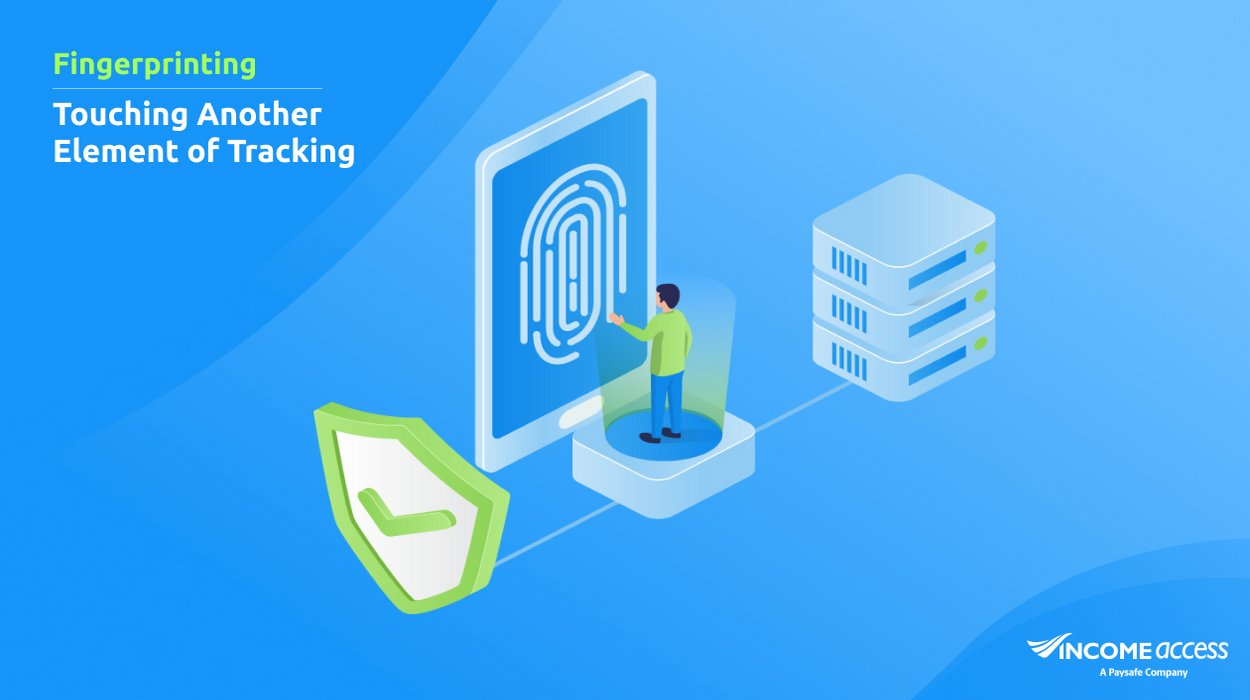
In the first part of our series on cookie tracking, we talked about cookies and how upcoming changes might affect its users. The most important point made in the last article was that the general pattern is to respect user privacy, user experience and re-instill user trust, so that end-users can click links confidently With that in mind, some of the changes that have taken place are similar to the spam regulations that became popular in the 90s in order to get rid of obnoxious unsolicited emails littering our mailbox.
This article will focus on another tracking mechanism known as fingerprinting. We mentioned in our last article that fingerprinting is yet another tool in our tracking toolkit. At this moment, we use a combination of cookies and fingerprinting to track successfully.
What is Fingerprinting?
With fingerprinting, browsers and apps can write information directly to a server operating on behalf of the merchant.
Unlike cookies, this information is not written on your device or PC. This information can be composed of multiple smaller bits of information like browser information, device information, operating system information that, when strung together, can be used to compose a key attempting to identify the device on which the user engagement is taking place.In the context of Income Access, we use this key to pair user engagement like a signup occurring due to the click of an affiliate.
What does this mean for those using Fingerprinting?
It means that those who use fingerprinting need to operate transparently first and foremost. They should always gather sufficient, not excessive information for referral tracking/tagging needs. Furthermore, the user of course has the right to be forgotten.What value can fingerprinting bring you?
Fingerprinting allows for more accurate decisions to be made.
Affiliates can better assess their marketing strategies and compare results to move forward with their highest yielding one. For running campaigns, they can tweak the ad placement, media, or timing to ensure better performance.
Merchants can also better budget their advertising resources and optimize content that would be most effective for their specific market.
What is the Future of Fingerprinting?
As laws change, companies will continue to adapt and conform, and it will be no different with the future of fingerprinting. Tracking solutions will need to focus on collecting the minimum amount of information necessary and ensuring that information is transparently collected and stored securely. The end-user’s privacy should always be considered and user experience with paramount importance.With all that in mind, fingerprinting, especially when used in conjunction with cookies, can offer a lot of value to a tracking solution. It provides a secondary source so cookies are not solely relied upon and can help affiliates make better decisions, helping everyone involved.


